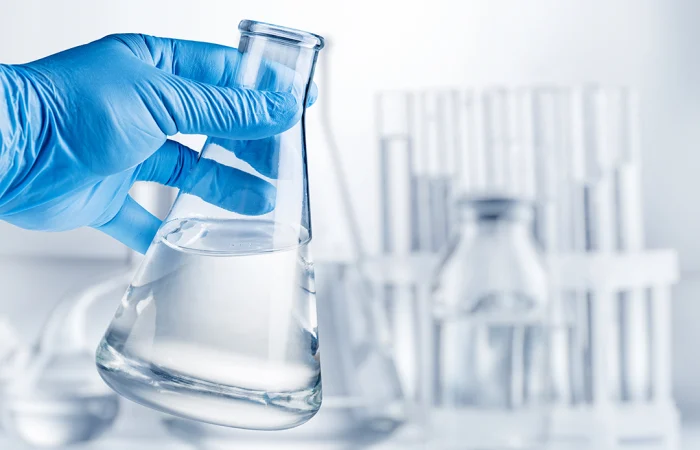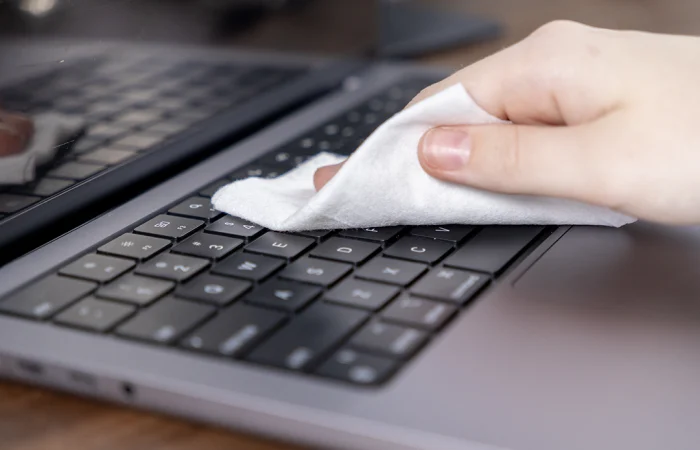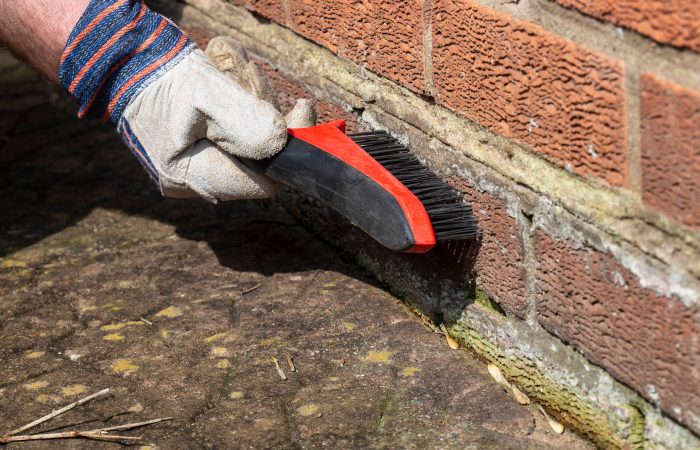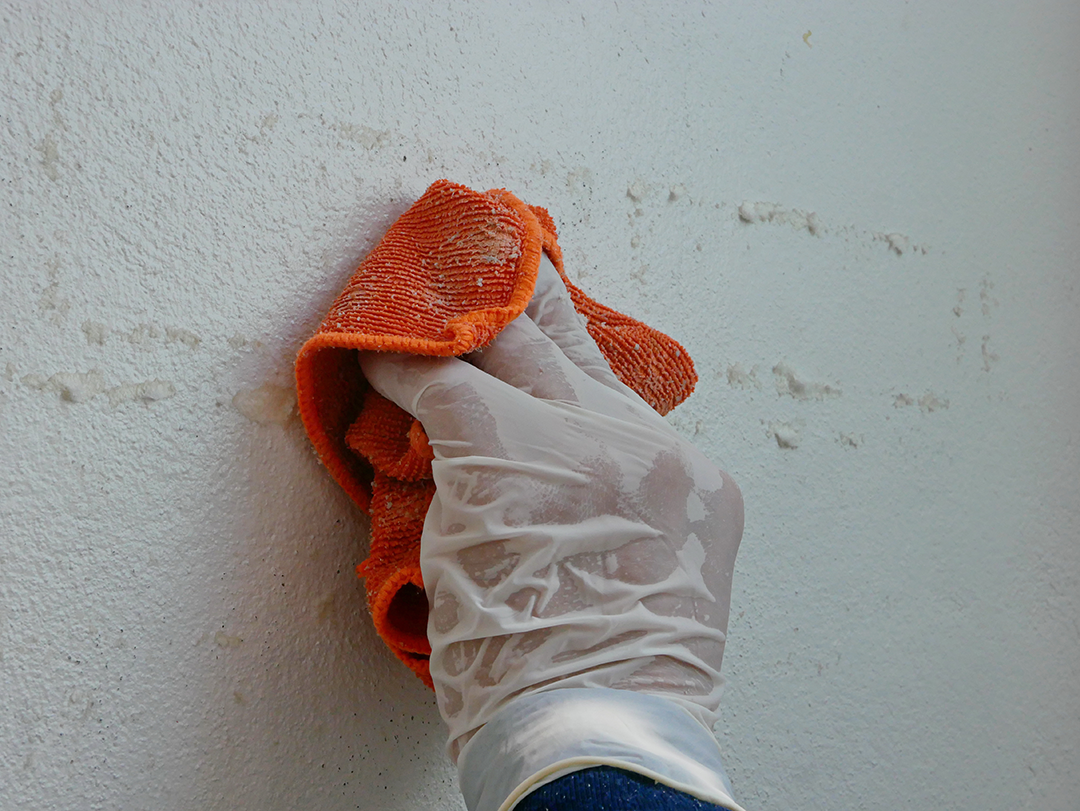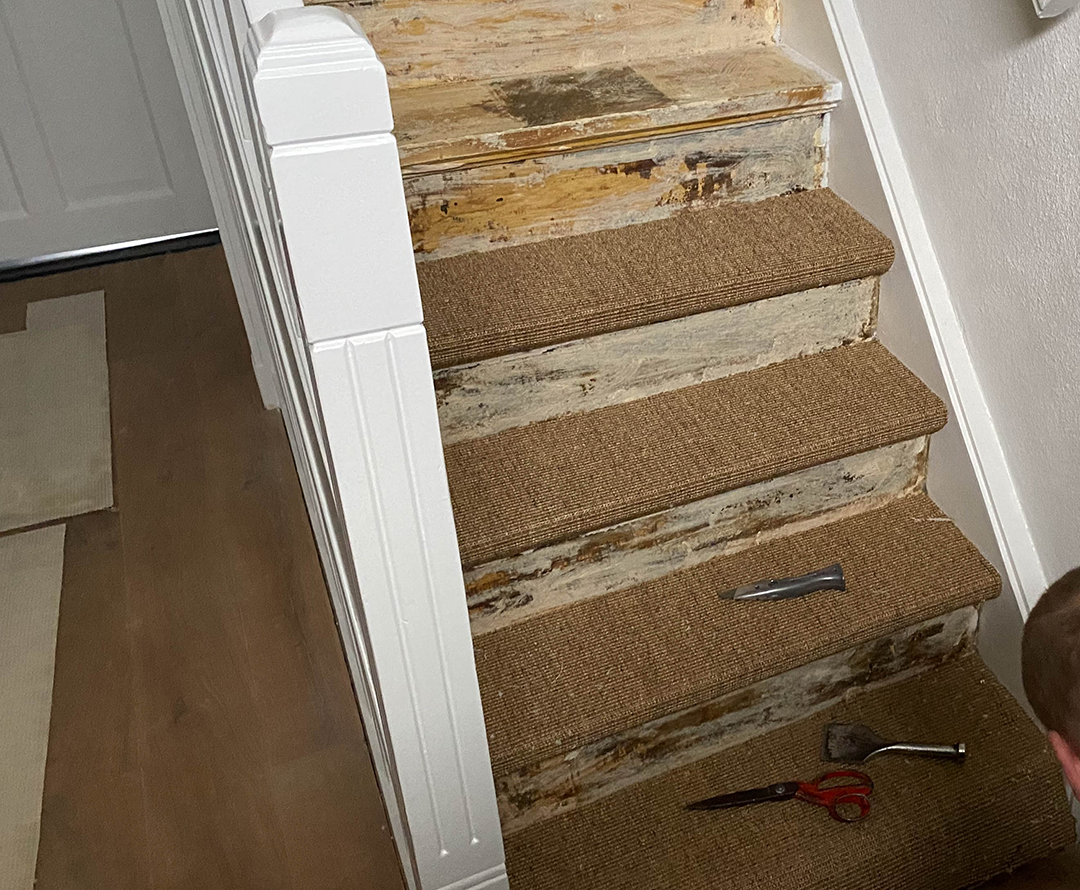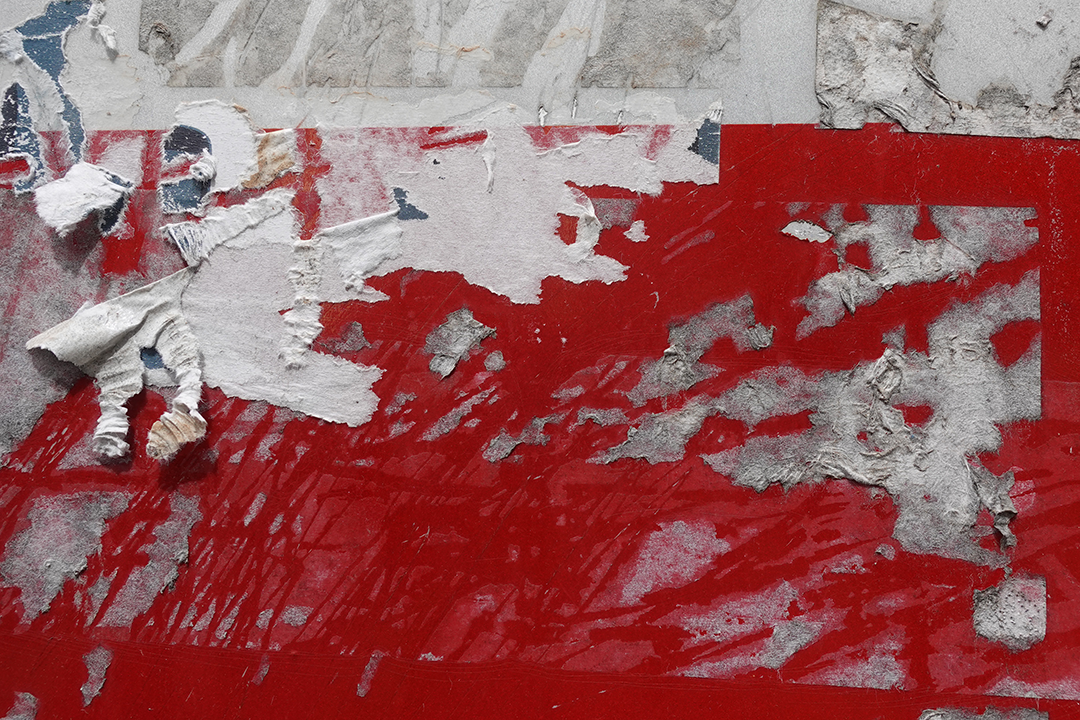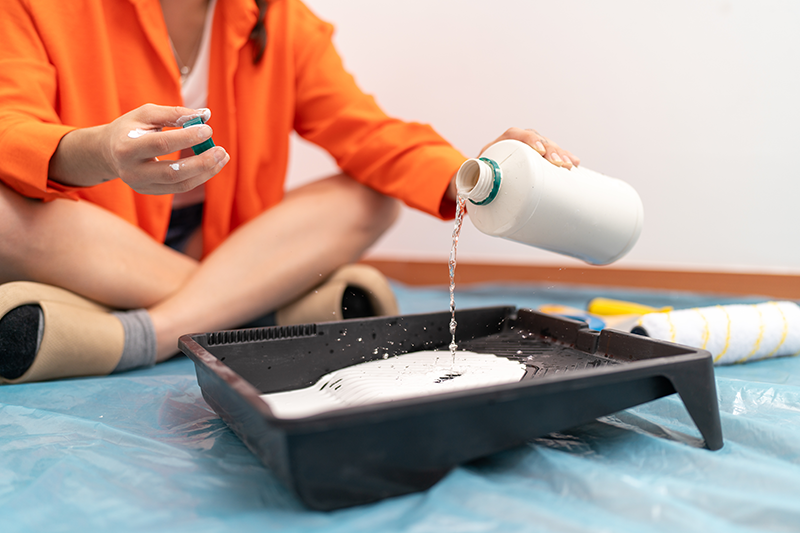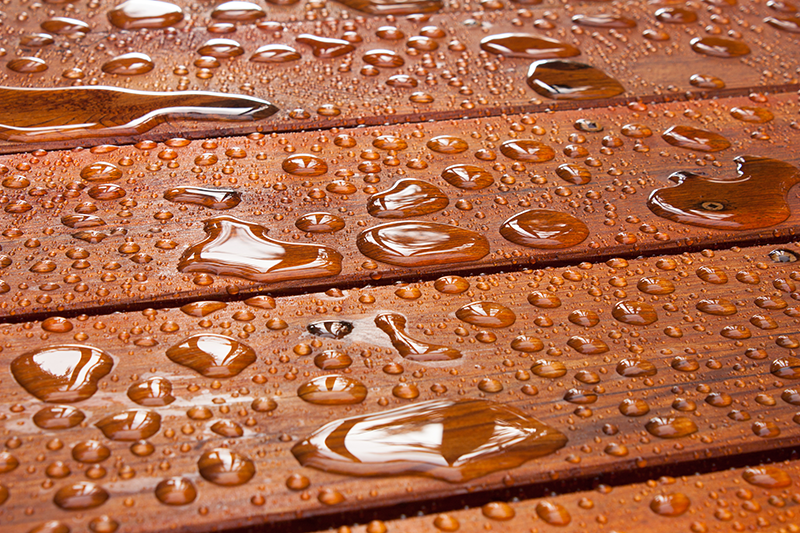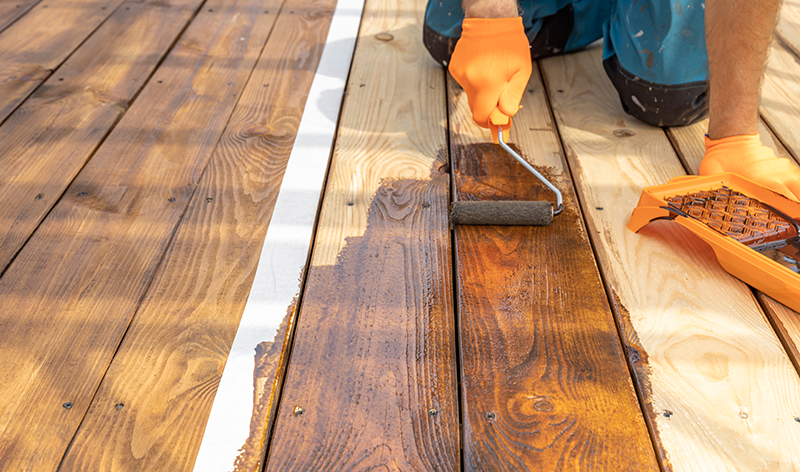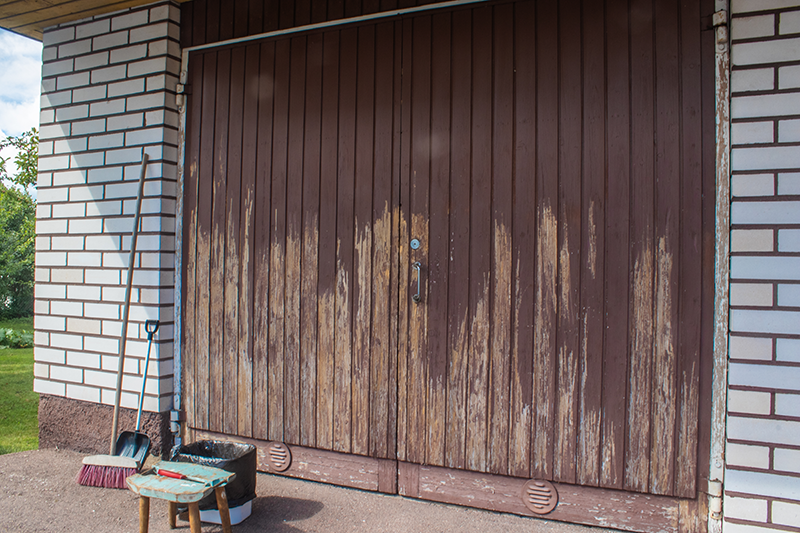Denatured alcohol – what is it and why is it used?
Denatured alcohol is regular ethanol that producers intentionally make undrinkable by adding substances such as isopropanol (IPA), methyl ethyl ketone (MEK), Bitrex, or methanol. These additives make the alcohol bitter, unpleasant, or toxic, so no one can drink it and no excise duty has to be paid. This keeps ethanol affordable and available for technical applications, such as cleaning, degreasing, cleaning electronics, as a solvent in laboratories and industry, and as a fuel for methylated spirits.
Chemically the effect remains the same, but due to denaturing the alcohol falls outside the liquor laws.
This article explains how and why ethanol is denatured, which substances are used for this process, and what you can safely use this alcohol for—from household use to professional laboratory work.


